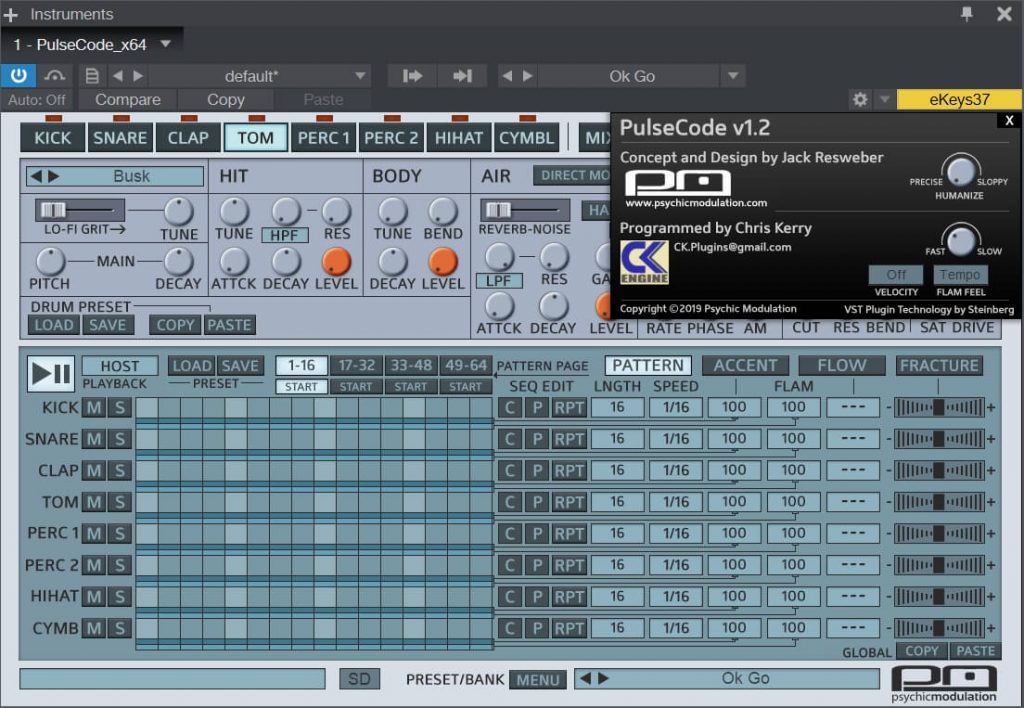
The next page will ask you to confirm.On the next page, click the Delete button in the toolbar.It will have an arrow icon next to it, like in the example image below Navigate to the file directory where your symbolic link was created.However, if you no longer require the symbolic link, you can delete it by following these steps: Once you have created a symbolic link in the Account Control Center, it will appear in your file directory. This will create a symbolic link in your current location. Ln -s usr/home/username/public_html/directory1 MyNewSymlink

Replace with the file or folder you want to link to and the with what you want to name the link. Ls will return a list of files in your current locationĬd will take you to the file or file path you entered.įor more information about ls and cd, see this beginner resource.

Use ls and cd to navigate to the directory where you would like the symbolic link to be placed What is Symbolic link in Linux and why is it used A symbolic link, also known as a symlink or a soft link, is a special type of file that simply points to another file or directory just like shortcuts in Windows.Connect to your hosting account via SSH.If you prefer to use terminal or command prompt to create a symbolic link, you can do that, too. The new symbolic link will appear in the directory where you placed it. Once the fields have been filled out, click the Make Symbolic Link button.This is a nickname for the symbolic link so that you can easily identify it. This should be the file path to the new location you want the symbolic link to link to. This is the file path to the location where the symbolic link will be placed. On the next page, double check the Current Directory file path and make sure it is correct.In the top navigation bar, click the Create Link button.Once in your directory of choice, navigate to the location where you wish to place the symbolic link.įor example, if you want your symbolic link in a sub directory named Example, then you should open the Example directory before completing the next steps.In the drop-down, click the directory you wish to visit.Log in to your Account Control Center (ACC).You can create a symbolic link directly in the Account Control Center (ACC). Upgrading to 2.8.2 and 2.8.WP Enthusiast accounts do not have an accessible file system in the ACC, so this tutorial cannot be used with WP Enthusiast accounts.$400 per month-let's make that $500! Learn more The budget raised through OpenCollective is transparent, including payouts, and any contributor can apply to be paid for their work on MODX. Support the team building MODX with a monthly donation.
#Sym link how to#
In this guide, learn how to use the ln command to create symbolic links in Linux.

Symbolic links are used all the time to link libraries and often used to link files and folders on mounted NFS (Network File System) shares.

Currently, you are not prevented from entering invalid page IDs when creating a Symlink. Symbolic links are used in Linux for managing and collating files. A symbolic link, also known as a symlink or a soft link, is a special kind of file (entry) that points to the actual file or directory on a disk (like a shortcut in Windows). Likewise, the target page must exist, otherwise an error page will be generated. If the target page is not published, a 503 Error will be generated. The target page must be published in order for the Symlink to resolve.


 0 kommentar(er)
0 kommentar(er)
